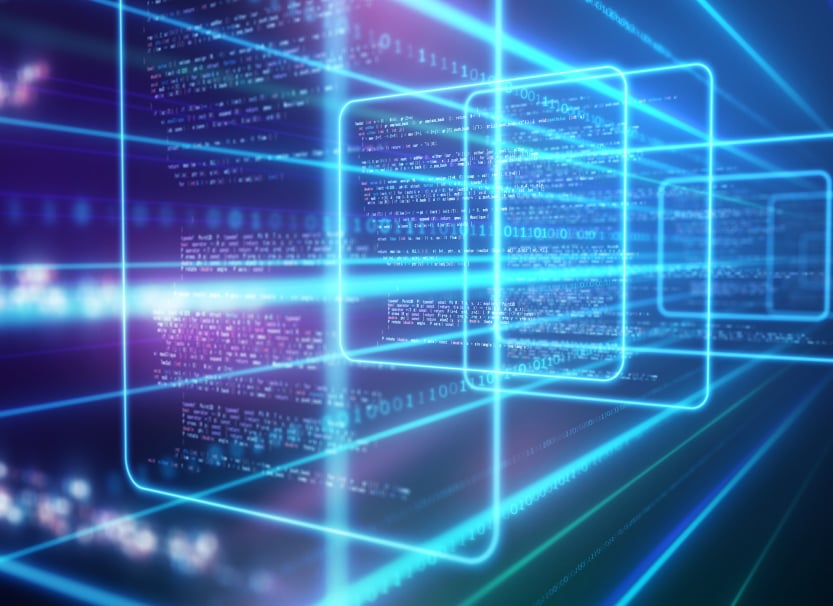
U.S. Copyright Office Issues Report on Artificial Intelligence and Copyrightability

On January 29, 2025, the U.S. Copyright Office issued the second part of its Report on Copyright and Artificial Intelligence, following a Notice of Inquiry (NOI) the Office issued in 2023. The first part of the Office’s Report, released in July 2024, addressed digital replicas. This second part addresses copyrightability, an issue that attracted considerable interest from authors, artists, and the media and technology industries — approximately half of the more than 10,000 comments that the Office received in response to the NOI addressed copyrightability questions.
Assistive Use of AI Tools Does Not Deprive Works of Copyright Protection
The Office initially stressed that when a human author merely uses an artificial intelligence (AI) tool “to assist in the creation of works” — for example, “assistive uses that enhance human expression,” as opposed to “using AI as a stand-in for human creativity” — the use of AI should not affect copyrightability of the resulting work. Among the examples referenced by the Office include the longstanding use of computer-assisted tools in the creative process (e.g., “color correction, detail sharpening, or de-blurring”) as well as the use of generative AI tools for “song ideation” or a “preliminary outline for literary works,” where the AI output is not directly incorporated into the human-authored work.
The Office then turned to various issues respecting the copyrightability of works incorporating AI-generated outputs.
Prompts Are Generally Insufficient to Make AI Output Copyrightable
The Office concluded that under existing law, “purely AI-generated material” created by entering prompts is not copyrightable. Its analysis relied on Thaler v. Perlmutter, 687 F. Supp. 3d 140, 143 (D.D.C. 2023), which upheld the Office’s refusal to register a claimed copyright in an image “autonomously created by a computer algorithm running on a machine.”
Considering the limitations of current AI models, the Office concluded that “prompts alone do not provide sufficient human control,” including because AI models do not consistently follow instructions in the prompts and because AI models often “fill[] in the gaps” left by prompts and “generate multiple different outputs” from identical prompts. The use of multiple or revised prompts did not alter the Office’s conclusion, as the Office did not believe that this “alter[ed] the degree of control over the process.”
The Office highlighted that its conclusion was dependent on the current state of AI technology and that “further advances” might render prompted AI outputs copyrightable if the prompts allow the user sufficient control over creative elements of the output. Analogous cases addressing protection of joint works will be instructive in determining whether human-entered prompts effect sufficient control of the expressive element of an AI-generated output to claim copyright protection.
Expressive Inputs May Result in Copyrightable AI Output
The Office next distinguished ordinary prompts from “expressive inputs,” such as a hand-drawn illustration used to create an AI-generated image. If the expressive input is “perceptible in the output,” the Office suggested that that portion of the output may be copyrightable. The Office also noted that the scope of the protection is “analogous to that in a derivative work,” such that any copyright in this type of AI-generated output would be limited to “perceptible human expression.”
Modifications or Arrangements of AI Output May Be Copyrightable
The Office also referenced its previous written and webinar-based registration guidance for works containing AI-generated content, including in reaffirming that a sufficiently creative selection, arrangement, or modification of AI output may be copyrightable. For example, in the Office’s decision in Zarya of the Dawn (VAu001480196), it found that an “arrangement of AI-generated images with human-authored text in a comic book” was a copyrightable compilation.
The Office also considered AI tools that allow users to control the output through an iterative, interactive process rather than solely relying on prompts. The output of such tools “should be copyrightable” if they permit the user to “control the selection and placement of individual creative elements” and any modifications “rise to the minimum standard of originality required” — which is generally more than “[t]he selection, coordination, and arrangement of only two or three elements” and in all events to be assessed on a case-by-case basis.
Legislative Changes to Existing Copyright Law Are Unlikely
Finally, some commentators proposed changes to existing law to provide copyright protection for AI-generated content. The Office did not endorse these proposals. The Office reasoned that developers of AI models already enjoy significant incentives and expressed concern that AI-generated content could crowd out or devalue human-created content. The Office also dismissed international competition as a basis for protecting AI outputs, noting that emerging law in other countries on this issue was generally consistent with its approach.
This post is as of the posting date stated above. Sidley Austin LLP assumes no duty to update this post or post about any subsequent developments having a bearing on this post.

